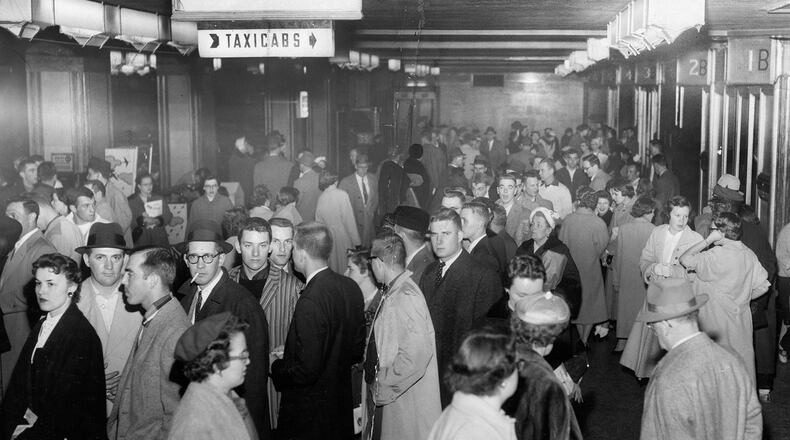Since then, hopes for passenger rail’s return have been raised and dashed several times, including a federally funded state project to revive service in 2010 that was cancelled by a short-sighted Kasich administration.
Fast forward to last week when Amtrak surprised Ohioans with news it plans to bring passenger rail service to five Ohio rail corridors, including returning it the Cleveland-Columbus-Dayton-Cincinnati corridor.
But not on the state’s dime.
This time, pending passage of the new Surface Transportation Bill, Amtrak plans its own comeback: funding 100-percent of the development costs and at least two years of operational costs, with a gradual pick-up of those operational costs by the states. There are 45 such corridors planned across the national Amtrak system, including the five here in Ohio.
To say this is transformational on Amtrak’s part is an understatement. For the first time since it was created in 1971, Amtrak is “on offense” and Ohio can be the beneficiary.
“The return of passenger rail also means we'll have a better connection to jobs, education, health care, concerts or even just a ball game. It means businesses looking to locate or expand in Ohio will have access to a larger, better-connected workforce,"
How will Ohio benefit?
First and foremost, the so-called 3-C Corridor is home to Ohio’s biggest cities and largest suburbs, all of them connected only by highways.
So, if you need to travel for business or whatever reason in Ohio, you no real choice but to drive. Which also makes this the most heavily travelled corridor in the state.
If you’ve driven I-71 or I-70 on any weekend or Thanksgiving Eve or get caught in the backup from an accident, you know what I mean. Passenger rail creates a new and better option.
Credit: Getty Images
Credit: Getty Images
The return of passenger rail also means we’ll have a better connection to jobs, education, health care, concerts or even just a ball game. It means businesses looking to locate or expand in Ohio will have access to a larger, better-connected workforce.
For cities like Dayton, Springfield and Columbus, it means locating, designing and building new “Union Stations.” But more than that, it means planning an economic impact zone around these stations: a place where business and mixed-use development can locate and thrive.
This isn’t a fantasy. It is happening now along busy passenger rail corridors as diverse as the “Downeaster” between Boston and Maine, or the Brightline corridor in Florida.
But none of this happens unless the Surface Transportation Bill passes both the House and Senate.
What you can do now is call, email or send letters to U.S. Rep. Mike Turner, R-Dayton, and our U.S. Sens. Sherrod Brown and Rob Portman.
Tell them we need to connect people and business in Ohio with fast, frequent passenger trains and support passage of the bill.
Stu Nicholson is executive director of All Aboard Ohio. He previously served with the Ohio Rail Development Commission, Central Ohio Transit Authority and spent a 23-year career in broadcast news.
About the Author


